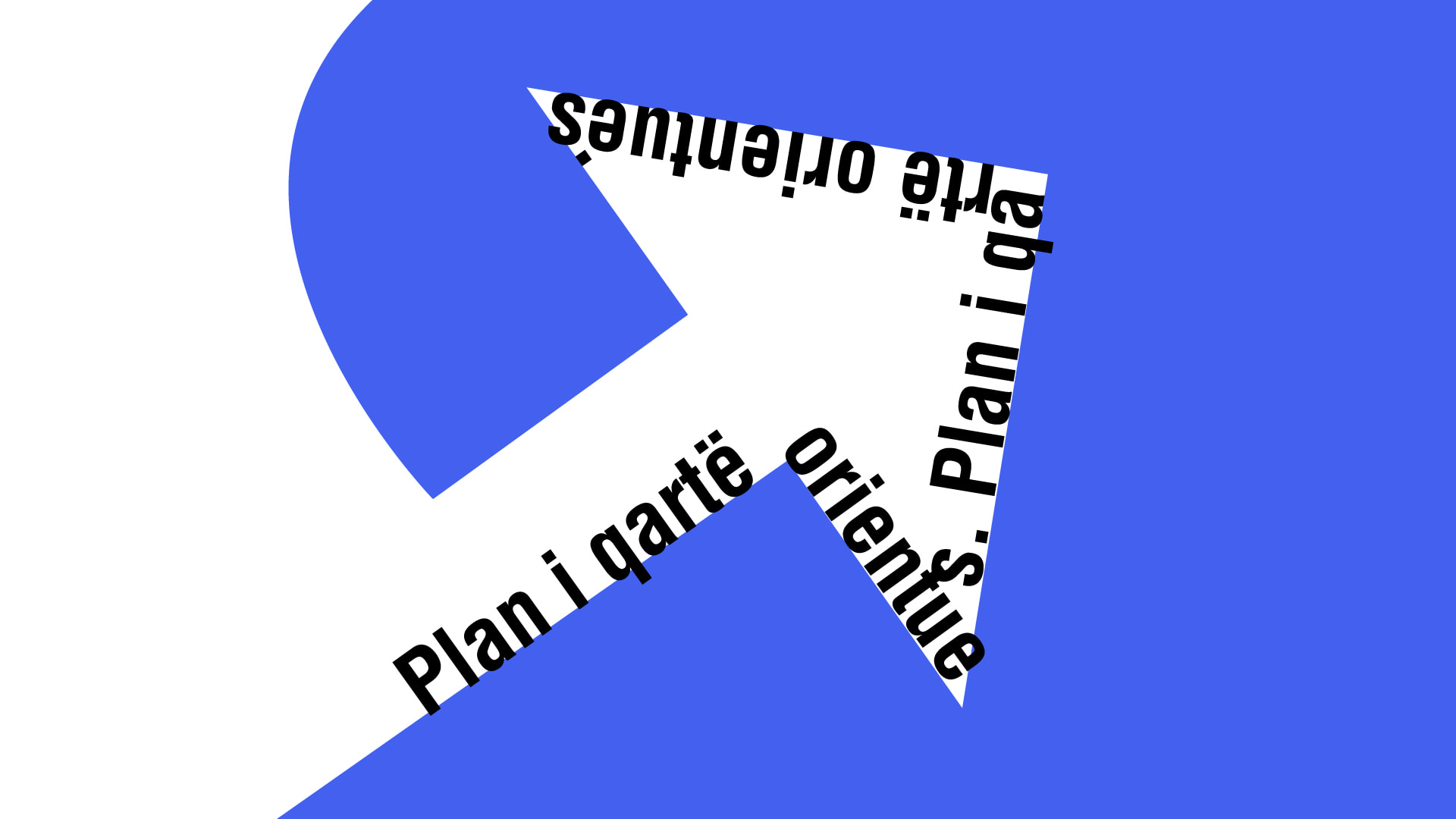
This way or that?
Prishtina needs a clear orientation plan.
|17.02.2022
|
What I found online was out of date and often unclear.
But how do people and visitors who don’t speak Albanian or who don’t have prior information manage?

Igla Keco
Igla Keco graduated from AAB University in the Faculty of Arts and Architecture for Graphic Design and Multimedia, with a special interest in digital arts. For 4 years, she has lived and studied in Prishtina where she's become active in cultural projects while sharing her experience in the most prestigious creative studios in Kosovo.
This story was originally written in Albanian.